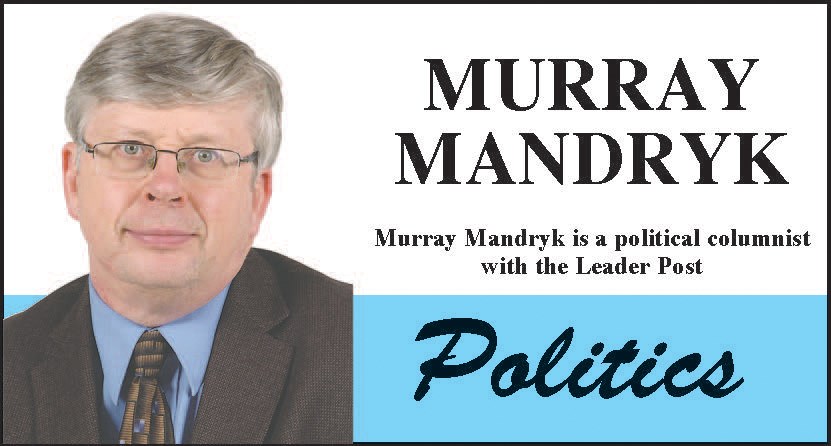In a year dominated by a global pandemic, it’s almost as if we’ve forgotten that we had a historic election this year.
Yes, the Saskatchewan win on October 26 was historic … although it may not have seemed that way because everyone expected this history to be made.
No other political party in Saskatchewan has won four consecutive majority governments since the Tommy Douglas Co-operative Commonwealth Federation (the CCF, that would later become the NDP) accomplished that feat in 1956. Douglas’s CCF would go to win a fifth term in 1960, resulting in 20 years of rule.
By the end of this term in 2024, the Brad Wall-Scott Moe-led Sask. Party will have ruled for 17 consecutive years, surpassing the string of 16 consecutive years of the Roy Romanow-Lorne Calvert-led NDP. It’s noteworthy, however, that one of the NDP’s four terms from 1999 until 2003 was actually a coalition government propped by Liberals who eventually defected to the NDP, so it wasn't exactly a true majority.
What we witnessed on Oct. 26 is the creation of the third-longest serving government in the history of a province. By the end of this term, only that Douglas CCF government from 1944 until 1964 and the original Liberal government from 1905 to 1929 will have served the province longer.
But the historic nature of Scott Moe’s 48-13 majority win (exactly where the Saskatchewan legislature was at when all its seats were last occupied prior to 2019 federal election) wasn’t only about the longevity of the Sask. Party government.
The history in the making was also about the magnitude of both the win the popularity of this party that has supplanted the NDP as the province’s natural-governing party.
For the third consecutive Saskatchewan election, the Sask. Party swept every rural seat — something no other party had ever previously done.
But what has made the Sask. Party more than just the “rural party” that couldn’t form governments in its first two elections under Elwin Hermanson is its broad-based appeal.
Also for the third consecutive election, the Sask. Party received more than 60 per cent of the popular — something that simply cannot be overlooked or downplayed.
Yes, the Sask. Party won 29 “rural seats” (those outside the four largest cities and including the two northern seats that have always gone NDP) with huge numbers that pumped up its overall Sask. Party popular vote. These strong seats were why the election was never in doubt.
It went into this campaigning having won at least 31 seats by at least 2,500 votes in the previous election. Only six times in the history of our province has a party ever lost a seat it previously won by 2,500 votes or more.
But let us not forget that this election occurred in the middle of a pandemic. The Sask. Party had to run on 2020-21 budget with a record $2.1-billion deficit, record public debt and the biggest drop in employment since the federal government began accurately recording the statistics in the mid-1970s.
If there was an election where the Sask. Party might have suffered a major fall, one might have thought it would be this one.
But the simple reality is that the Sask. Party has never really experienced a major setback.
Like every general election since its inception in 1997 via four Liberal MLAs joining four Progressive Conservative MLAs to form one, single right-wing alternative to the NDP, the Sask. Party won as many seats as it previously held.
This supposed “rural party” swept Moose Jaw and Prince Albert and took away seats in long-time NDP strongholds in north Regina and even Saskatoon Riversdale, was occupied for decades by Romanow and Calvert.
The big political story this year was a dominate Sask. Party election night win.
Murray Mandryk has been covering provincial politics since 1983.



